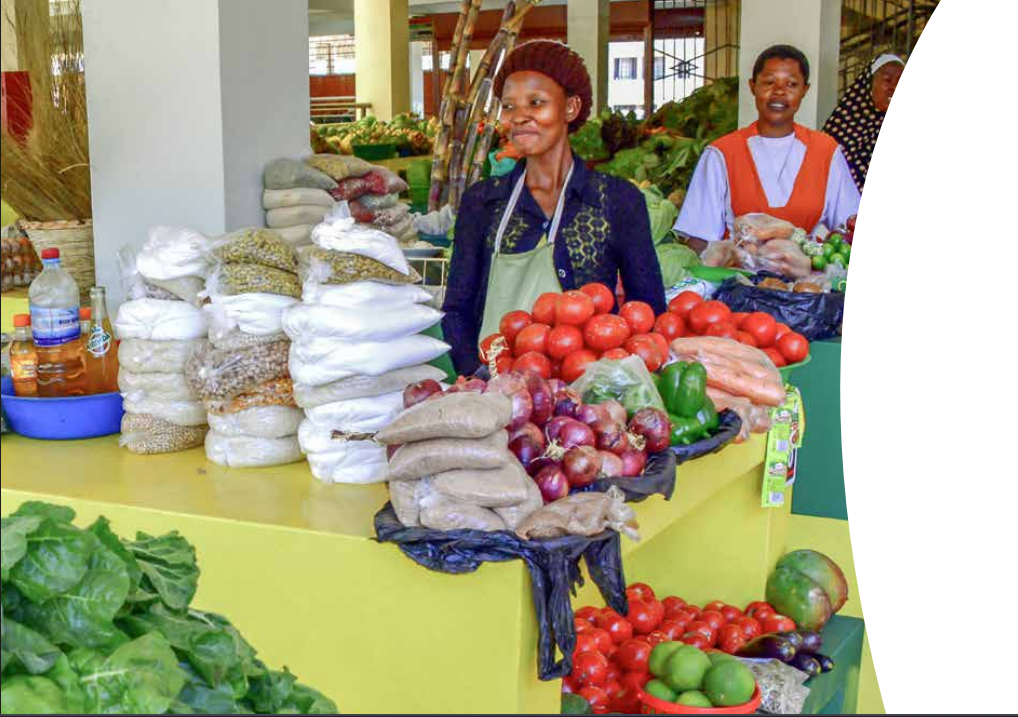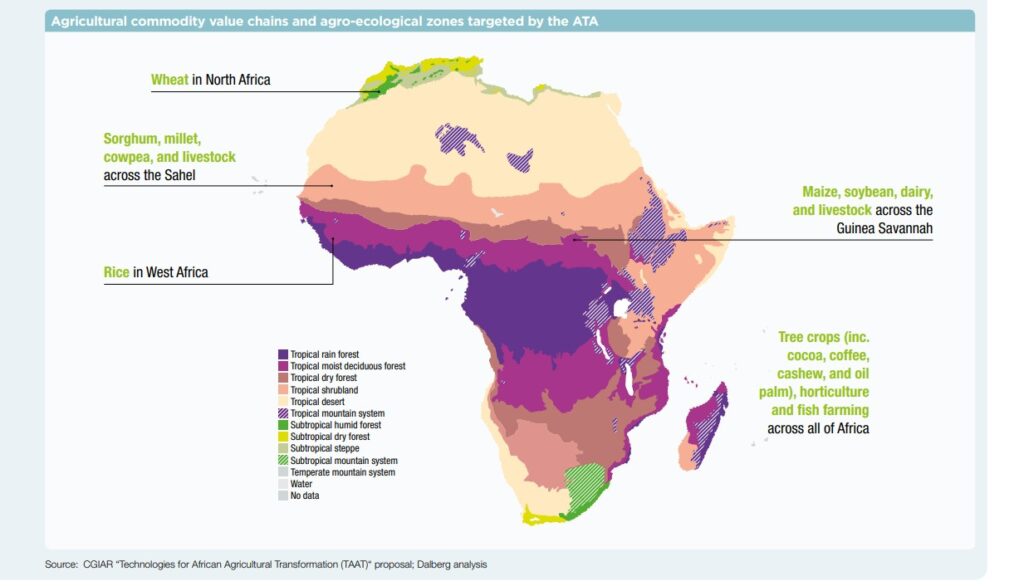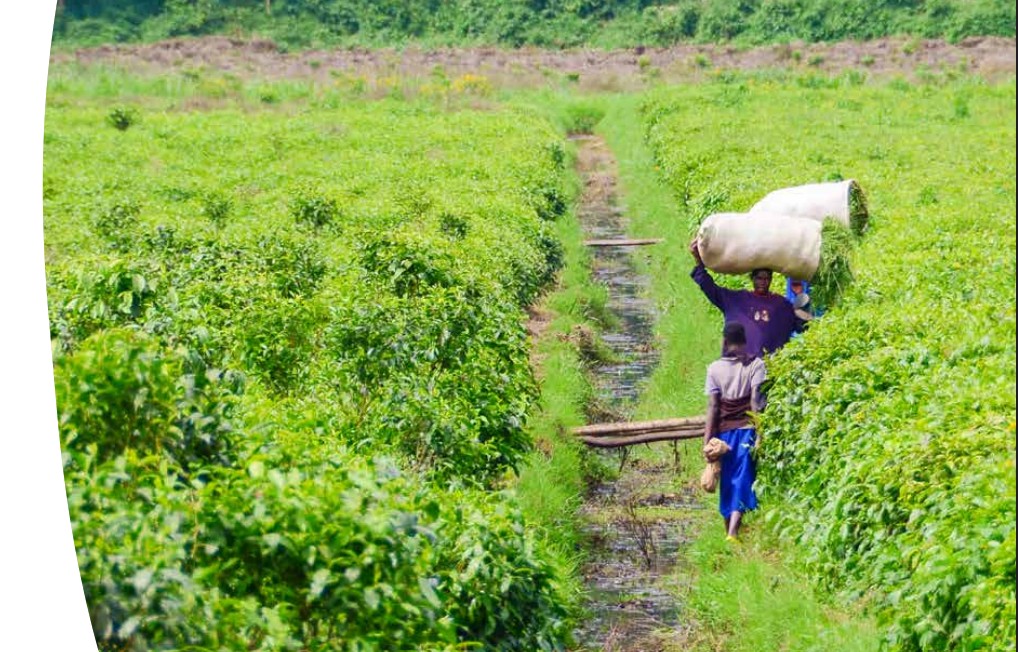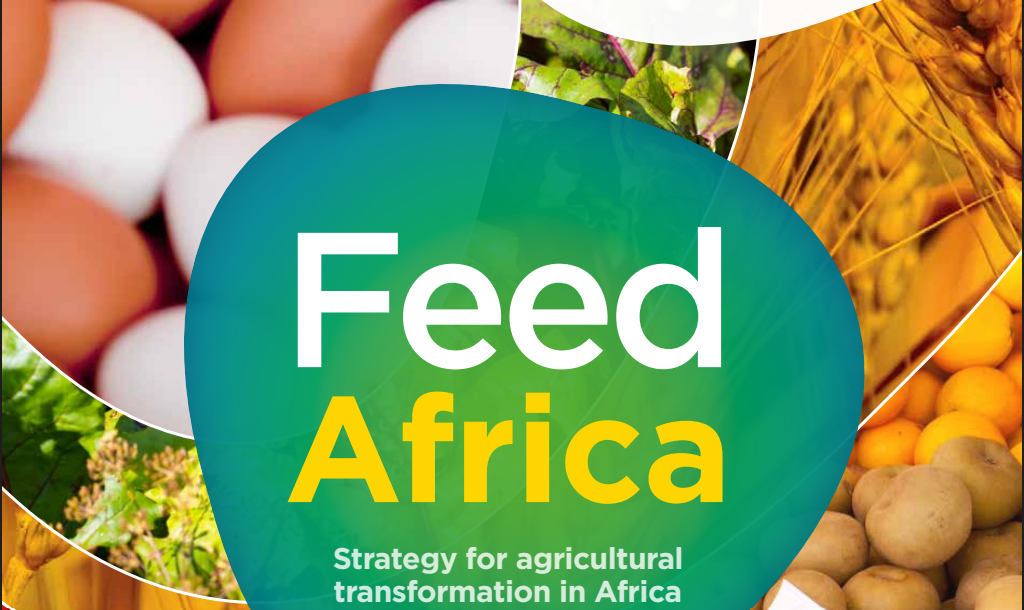At a Glance
- FAO projects Africa’s 2025 food imports to reach $65 billion despite better harvests.
- Structural gaps, climate stress and limited processing keep food import dependence high.
- Rising global prices and weak currencies drive higher spending on cereals and oils.
Sub-Saharan Africa’s food import bill is expected to hit $65 billion in 2025, according to new projections from the UN Food and Agriculture Organization. The rise, the region’s third consecutive year of growth,underscores widening structural gaps and persistent exposure to global price swings.
The FAO’s latest Food Outlook places the estimate 4 percent higher than the $62.8 billion recorded in 2024. Despite improved harvests in parts of the world, the region continues to rely heavily on imported food as population growth, shifting diets and weak local production strain supply systems.
Cereals, oils and fish dominate import spending
Cereals remain the largest import item, with spending projected at $21.9 billion, nearly one-third of the total. Edible oils follow, driven by tighter global supplies and slower palm oil production. Fish, sugar and beverages are expected to account for an additional $23.4 billion in imports as middle-income households diversify diets.
Most major food categories are expected to cost more. Rising global prices, higher freight costs and currency depreciation continue to intensify Africa’s vulnerability to external shocks.

Exposure to global price swings deepens
While global food imports are forecast to reach a record $2.22 trillion, African markets feel these pressures more sharply. Weaker currencies, logistics bottlenecks and elevated shipping costs amplify the impact of global price shifts across local markets.
The FAO notes that least-developed countries could see import costs rise up to 58 percent for vegetable oils alone — a burden likely to strain both consumers and national budgets.
South Africa, Nigeria, Ethiopia, Kenya and Côte d’Ivoire remain the region’s top importers, reflecting their large populations and expanding consumption needs.

Structural constraints widen dependence
Africa’s rising import bill is tied to decades of underinvestment in agriculture, climate pressures, limited storage and slow growth in local processing. Demand for wheat, fish, processed foods and vegetable oils continues to outpace domestic production. Fertilizer costs, volatile energy prices and erratic rainfall further limit local output.
Rising costs intensify fiscal pressures
Higher import spending adds strain to budgets already stretched by debt, currency weakness and social needs. Food inflation across the region remains elevated, complicating monetary and fiscal responses.
Governments face difficult choices — whether to expand subsidies, increase grain reserves or redirect funds into long-term agricultural reform.
Where progress is visible
Some countries are improving irrigation systems, expanding cold-chain logistics and boosting local processing. Better global cereal supply has also helped moderate some cost pressures. Regional trade under the African Continental Free Trade Area could further lower costs and improve market access if fully implemented.

A warning for policymakers
The FAO’s $65 billion projection highlights a growing challenge: Africa’s food import dependence is rising faster than its ability to produce enough locally. Without coordinated investments in productivity, storage, processing and regional trade, import bills will continue climbing.
Experts warn that the region’s exposure to global shocks will deepen, increasing pressure on households and government budgets and widening food insecurity risks.





